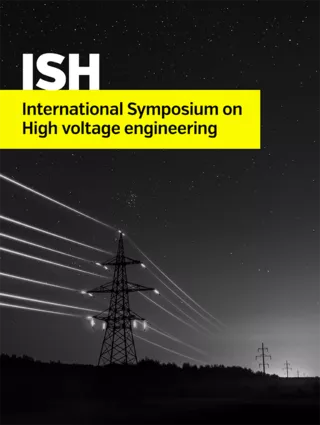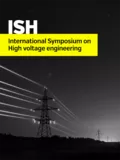Summary
This paper presents the DC and impulse voltage breakdown characteristics of small gaps in engine flue gas. Railway electrical clearances in South Africa are designed based on IEC 60913:2013 which does not take into account the unknown effects of engine exhaust flue pollution on electrical air breakdown. High voltage DC and impulse breakdown experiments were carried out for a rod-plane gap under normal air and petrol engine flue polluted conditions. The tested gap range is 10 mm to 300 mm. Gas discharge simulations implemented in MATLAB™ are used to evaluate the test results. The simulations run a fluid transport model solving simultaneous drift-diffusion equations affected by Townsend’s ionization coefficients and transport parameters for air and for flue. The experimental results showed that the presence of engine exhaust flue marginally increased the dielectric strength of air in both DC and impulse tests. It was observed that for gap sizes less than 250 mm, the breakdown voltages in flue increased by a maximum of 26%. Beyond 250 mm, the flue gas compromised the breakdown strength of air by as much as 21% in DC. The enhancement of the dielectric strength is attributed to the flue increased humidity and observed corona stabilization. In the impulse tests and simulations, no decrease was observed after 250 mm; this is attributed to the absence of corona stabilization in impulse tests and simulations.
Additional informations
| Publication type | ISH Collection |
|---|---|
| Reference | ISH2017_281 |
| Publication year | |
| Publisher | ISH |
| File size | 642 KB |
| Pages number | 6 |
| Price for non member | Free |
| Price for member | Free |
Keywords
Corona stabilization, Engine Flue Gas, HV Breakdown, Humidity


